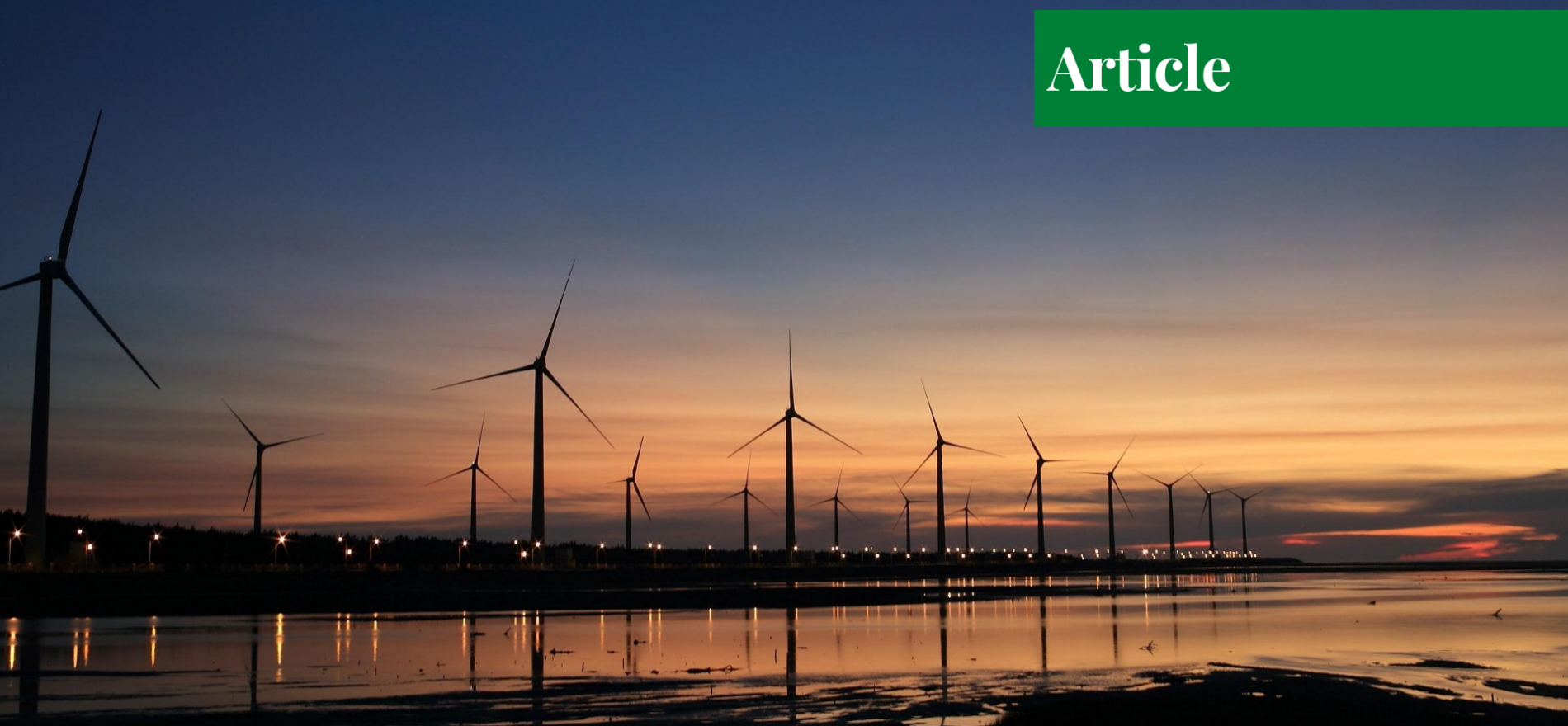Sarmad Ishfaq is an independent researcher and writer whose work has been published by Harvard Kennedy School Review, The Diplomat, Open Democracy, Paradigm Shift, Mondoweiss, and Eurasia Review to name a few. He has also been published by several international peer-reviewed journals such as Taylor and Francis' Social Identities. Before becoming an independent writer, he worked as a research fellow for the Lahore Center for Peace Research. He has a master's degree in International Relations from the University of Wollongong in Dubai where he was recognized as the 'Top Graduate'.
What is CPEC?
The China-Pakistan Economic Corridor (CPEC) is a massive venture consisting of numerous infrastructure projects undertaken throughout Pakistan with the aid of China. The current value of the corridor is estimated at around $62 billion and it will primarily consist of a 3,000km network of railways, roads, and oil and gas pipelines from Pakistan’s southern port of Gwadar to Kashgar in China.
The CPEC project comes under the aegis of China’s Belt and Road Initiative (BRI), which endeavors to connect China more effectively with Eurasian and Middle Eastern countries. CPEC spans the length and breadth of Pakistan with work being conducted in all four provinces and the administrative territory of Gilgit-Baltistan (which borders China).
Although the vast umbrella of CPEC contains a copious number of projects, the work being done vis-à-vis Pakistan’s energy sector might be the most essential for the country. Pakistan has been suffering an energy crisis (electricity and gas) since 2007 due to a huge disconnect in supply and demand, and because of a lack of focus on renewable energy.
Pakistan’s Energy Sector Woes
Pakistan’s energy sector has been experiencing an electricity and gas load shedding has been commonplace in the country for around a decade. This energy crisis is not only tragic but is rather ironic as Pakistan sits on a plethora of untapped natural resources including coal, gas, and oil. The total installed electricity capacity of the country is around 25,000 MW but it faces a 4,000 – 5,000 MW shortage due to a rift between installed capacity and actual production. Pakistan’s primary sources of electricity production in 2015 were oil (35%), natural gas (29%), and hydroelectricity (30%). Concurrently, the country has also been marred by fuel shortages, specifically CNG (compressed natural gas), which became a popular and cheap alternative for motorists in recent years. Due to this distressing backdrop of energy-related issues, CPEC’s arrival is a godsend for Pakistan’s energy sector.
Energy Projects Under CPEC
Under CPEC’s “Early Harvest” scheme, energy projects are slated to provide around 10,400 MW of electricity in the coming years – around $30 billion has been earmarked for these projects. The “Early Harvest” scheme highlights coal as an essential fuel source, with coal providing most of the country’s new electricity. In the Punjab province, a massive $1.8 billion coal power plant (3,200 MW) under CPEC is now fully functional. Furthermore, three huge coal-based projects are expected to be built in the Sindh province – which also produces around 63% of the country’s gas – and a 660 MW one to be built in the Balochistan province.
It is estimated that in 2018 the energy crisis will subside or at least significantly improve as Pakistani and Chinese officials see most of the “Early Harvest” projects being completed before 2019. Due to the power crisis, Pakistan has also been focusing on LNG imports, which began in 2015 to fill the power deficit. Pakistan’s LNG demand has been rising as LNG imports have doubled to $965 million in the current fiscal year from the previous year.
Under CPEC, a major gas pipeline that will stretch for 711 km from Gwadar to Nawabshah in Sindh, connecting to the main south-north gas trunk line, is currently under construction by a Chinese company. Under the same project, an LNG re-gasification terminal will also be constructed at Gwadar seaport. This pipeline project is supposed to be an alternative to the Iran-Pakistan gas pipeline. Vis-a-vis oil, the province of Khyber-Pakhtunkhwa (KPK) is presently the largest producer in Pakistan – it produces above 50% of national output. KPK also produces 510 tons of LPG every day and 40 million cubic feet of gas. Under CPEC, a Euro-VI crude oil refinery will be established in Kohat district of KPK, which will process local and imported crude oil into LPG, kerosene, motor oils, diesel, and other products. The refinery will produce around 15,000 barrels per day (BPD) and is estimated to cost $300 million.
Not only is CPEC focusing on coal, oil, and gas, it is also diversifying into alternative energy such as wind and solar power. Pakistan aims to generate 25% of its electrical demands from renewable energy sources by 2030. The second phase of the Quaid-E-Azam Solar Park near Bahawalpur (900 MW capacity) will be completed under CPEC’s umbrella by the company Zonergy.
Vis-à-vis wind energy, one of the main projects includes the creation of Dawood wind farm (50 MW) which is in its culminating stages. Linking Gwadar’s warm water deep-sea port to Western China is daunting yet not impossible as Pakistan and China already enjoy trade and tourism through the Karakoram Highway, which stretches from Punjab in Pakistan to Kashgar in China. Under CPEC, new roads from Gwadar will connect to a revamped Karakoram Highway to Kashgar.
Initially, CPEC may have seemed like an overly ambitious plan being implemented in an erratic country, but due to the recent idyllic period Pakistan has enjoyed, many CPEC projects have come to fruition & will soon pay dividends. This encouraging period can be attributed to the 2015 Zarb-E-Azb operation which has curtailed Pakistan’s other great nemesis, terrorism, to a major degree. The relatively sparse amount of terrorist attacks around the country recently has augmented Chinese confidence and is attracting other international investors.
Obstacles in CPEC’s Path?
Conversely, there are certain obstacles in the path of CPEC. The security condition in the country might have improved but external actors like rival India have not made life easy for Pakistan. A relatively recent example is the apprehended Indian spy, Kulbashan Jadhav, who confessed to assisting anti-state Baloch rebels at the behest of India. Therefore, sensitive areas where CPEC projects are being undertaken such as Balochistan must be provided with extra security.
Furthermore, China and India themselves are currently at odds in the Doklam border area near Bhutan as troop build-ups continue. A further point of concern is Nawaz Sharif’s ouster as the Prime Minister by the Supreme Court. This event, albeit significant, should not be exaggerated as an existential threat to CPEC as the current government, which sees CPEC as its crown jewel, is still in place, as are the Pakistani officials previously in charge of CPEC. Simultaneously, the opposition political parties and the Pakistani people see CPEC as a beacon of hope and will not let it get undermined. Pakistan and China have considered each other integral allies and “iron brothers” for many decades.
CPEC has already provided a necessary jolt to a previously stagnating economy and is expected to create around 2.32 million jobs for Pakistan & its massive youth population in the coming years. Once labeled as an “Asian Tiger”, Pakistan’s energy sector may finally break free of its figurative shackles courtesy of the CPEC venture.
If you want to submit your articles and/or research papers, please check the Submissions page.



















